32 foods that dogs should never eat
From chocolate and grapes to canned soup and ice cream – here are 32 foods you should never feed your dog

“It won’t do him any harm,” you say, as you scrape the leftovers from your roast dinner into your dog’s feeding bowl. But it might. Feeding your dog human food requires careful consideration due to the significant differences in dietary needs and tolerances between dogs and humans. Many common foods we eat can be toxic or harmful to dogs, potentially leading to severe health issues. What we see as nice treats such as chocolate or garlic bread can be lethal in even small quantities for our dogs.
Additionally, dogs lack the digestive enzymes and metabolic processes to digest certain foods that are commonplace in human diets, making them more susceptible to gastrointestinal upset, pancreatitis, or allergic reactions when exposed to unfamiliar foods.
Moreover, the nutritional requirements of dogs differ from those of humans, and feeding them an unbalanced or inappropriate diet may result in nutritional deficiencies or excesses. Dogs need a specific balance of proteins, fats, vitamins, and minerals for optimal health, and offering them table scraps or excessive amounts of high-calorie human treats can contribute to obesity, joint problems, and other health issues.
To safeguard your dog’s well-being, it’s crucial to stick to a veterinarian-approved canine diet, avoid sharing most human foods, and consult with your vet before introducing any new items into their diet to ensure they receive the nutrition to enable them to flourish.
32 foods that dogs should never eat
1. Chocolate

Most dog owners are aware that chocolate is anything but a treat for their pooches. This is because it contains theobromine, which is toxic for dogs. The darker the chocolate, the more healthy it might be for humans, but the more dangerous it is for dogs. A dog’s susceptibility to chocolate poisoning is down to their individual sensitivity and how much they have eaten, which isn’t always easy to tell, so a visit to the vet is the best course of action.
Even though white chocolate contains negligible amounts of theobromine, all its other ingredients (sugar, cocoa butter and so on) are inappropriate for dogs.
2. Grapes
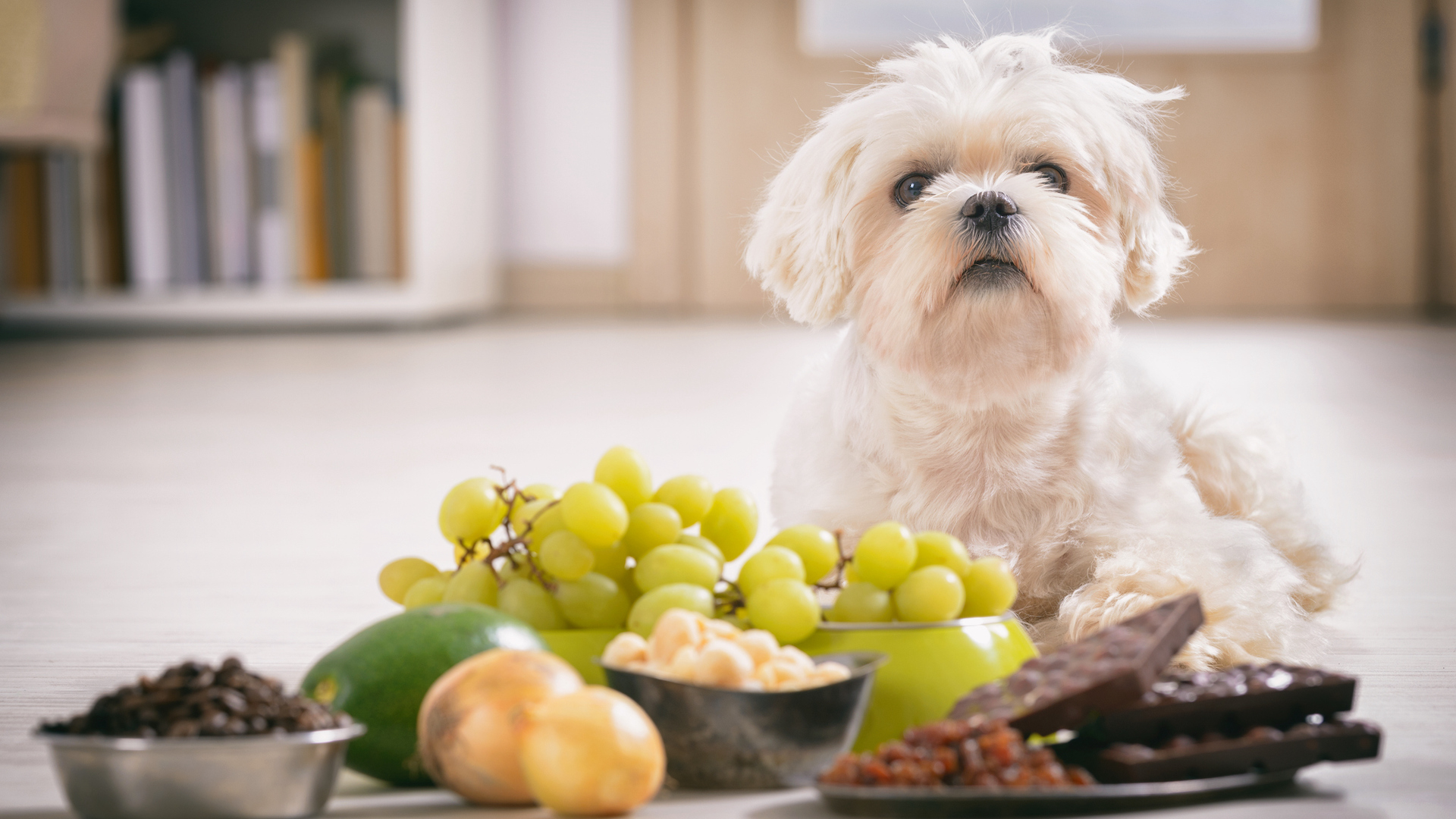
You may have often wondered if dogs can eat grapes before. This juicy fruit may have been a delight to humans for millennia, but it can cause kidney failure in dogs. According to Animal Poison Control Center (APCC), the tartaric acid in grapes can cause vomiting, diarrhea, excessive thirst, and kidney damage or failure. Grape toxicity varies according to the type of grape, its provenance, and ripeness.
Get the best advice, tips and top tech for your beloved Pets
3. Onions
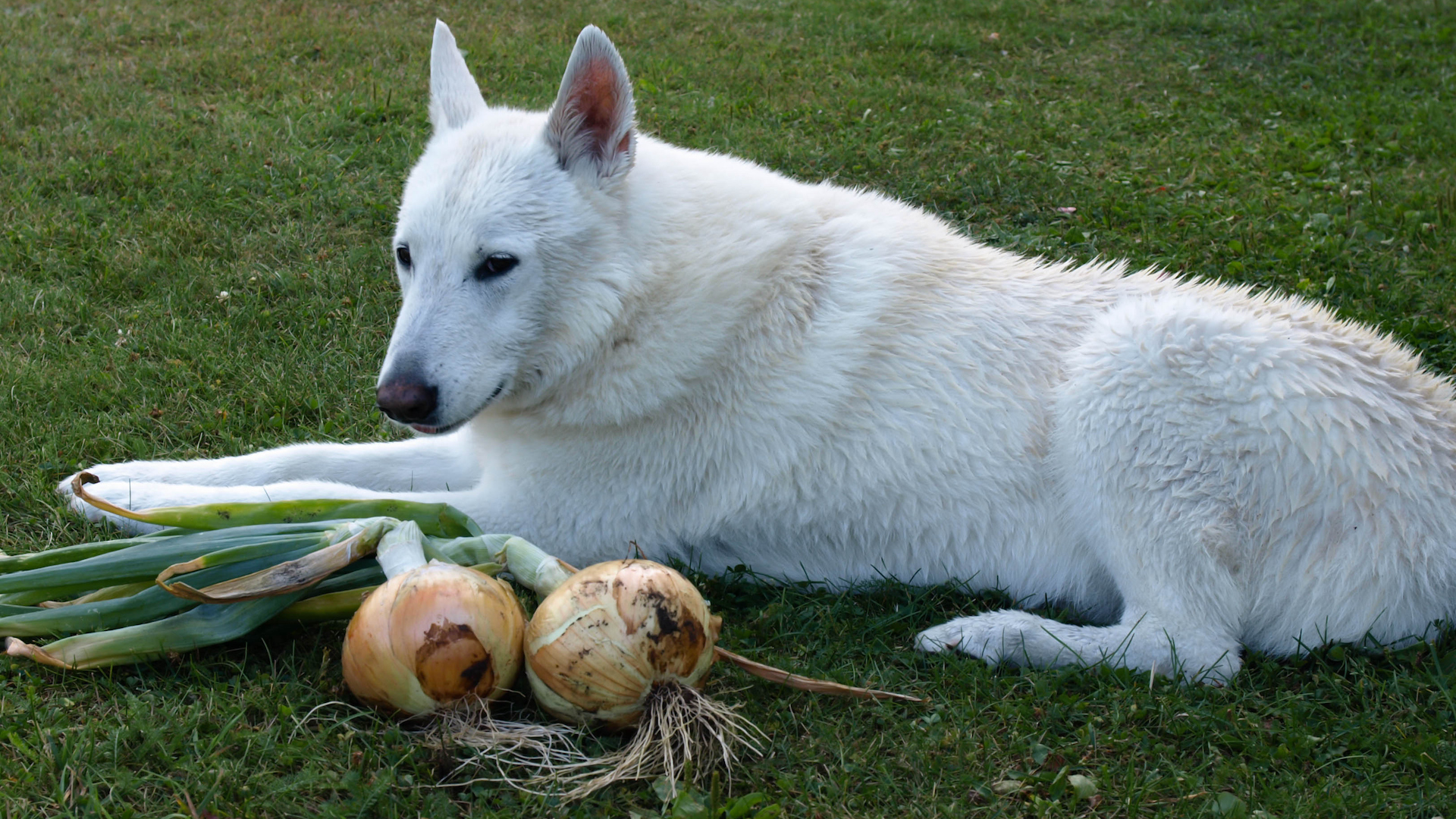
Thinking of feeding your leftover scraps from your dinner to your dog? Think again. Onions feature as a base for many of our meals, but they can cause oxidative damage to canine red blood cells. Onions contain thiosulphate and disulfide compounds which are highly toxic for dogs, leading to the destruction of red blood cells and consequently anemia. This is the case whether the onions are cooked or raw.
4. Garlic
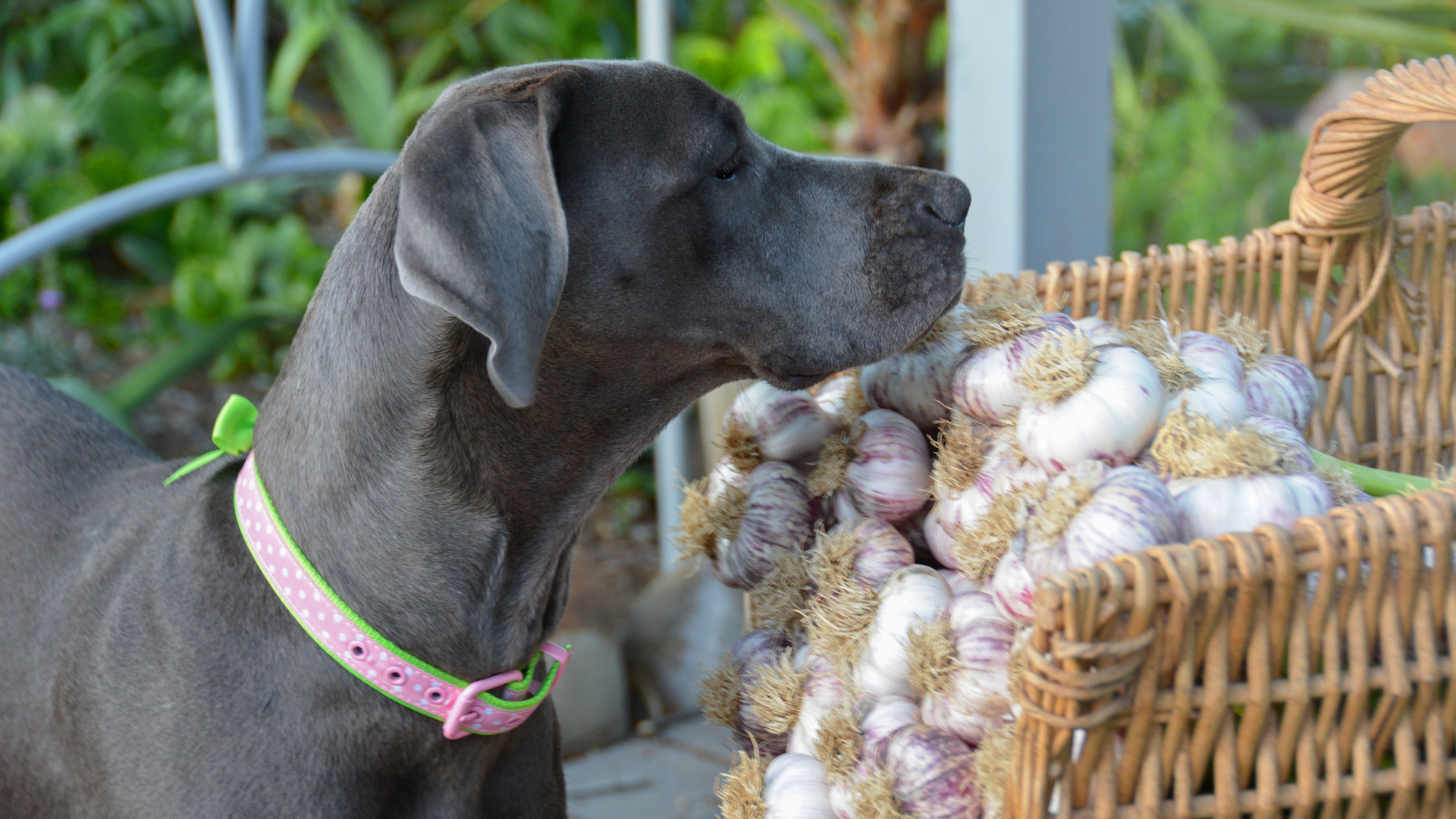
Garlic belongs to the same allium family as onions and can cause anemia via damage to a dog’s red blood cells. This is because garlic contains thiosulphate and disulfide compounds which are highly toxic for dogs – though not for humans.
Some dog owners believe garlic is a useful natural method of controlling ticks and fleas (in tiny amounts as a supplement), however, the evidence for this is inconclusive.
According to the American Kennel Club’s advice on whether dogs can eat garlic, it can also cause symptoms of gastrointestinal upset, such as vomiting, loss of appetite and abdominal pain.
5. Avocado

A healthy food for humans but on the unhealthy list for dogs. It contains persin, which is a fungicidal toxin that can result in serious health issues in some animals, including death in larger animals such as horses. Although dogs seem to be more resistant, it’s not worth the risk. Furthermore, the high fat content of avocados can cause digestive issues, and lead to pancreatitis.
Finally, the large, slippery stone can cause a choking issue.
6. Alcohol

While cartoon dogs getting hold of their owner’s whisky stores make for amusing content, an intoxicated canine is no laughing matter. Alcohol can cause severe poisoning, including seizures and respiratory failure.
Alcohol poisoning is likely to present within minutes, so requires immediate veterinary attention. The severity of symptoms will vary according to how much they have ingested. They may vomit, have diarrhea, suffer tremors, seizures, breathing difficulties and lose consciousness.
7. Caffeine

This stimulant is found in many foods and drinks, including chocolate, coffee, tea, energy drinks and human diet pills.
Signs of caffeine poisoning include hyperactivity, vomiting, high heart rate and blood pressure, tremors and seizures. It can be fatal in extreme cases.
8. Raisins
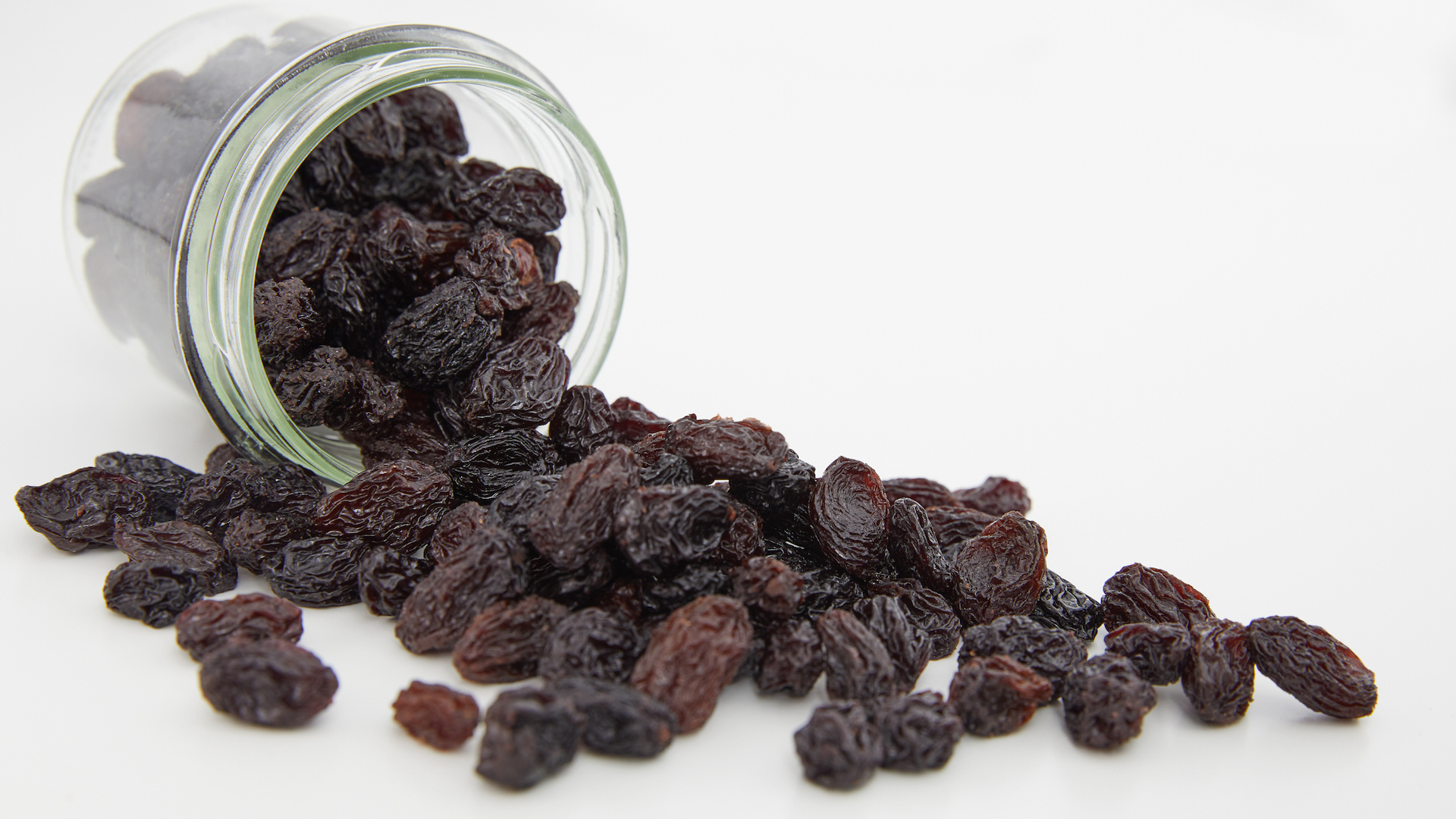
Just as grapes are toxic for dogs, so are the dried version, raisins. Bear in mind that raisins are present in many foods such as fruit cake and so salads and curries – so be wary of feeding scraps from your plate.me
9. Xylitol

A sweetener that is used in many “sugar-free” products, including chewing gum, peanut butter, toothpaste, candy, diet supplements and soft drinks. It is extremely toxic to dogs, as it stimulates the pancreas to release insulin, which can cause the blood sugar levels to plummet to dangerous, life-threatening levels.
Naturally, you wouldn’t feed your dog chewing gum, but many of these products are left lying around within a dog’s reach. And peanut butter is a common treat for dogs – ensure you buy one made specifically for dogs, and double check it is free from xylitol.
10. Macadamia nuts
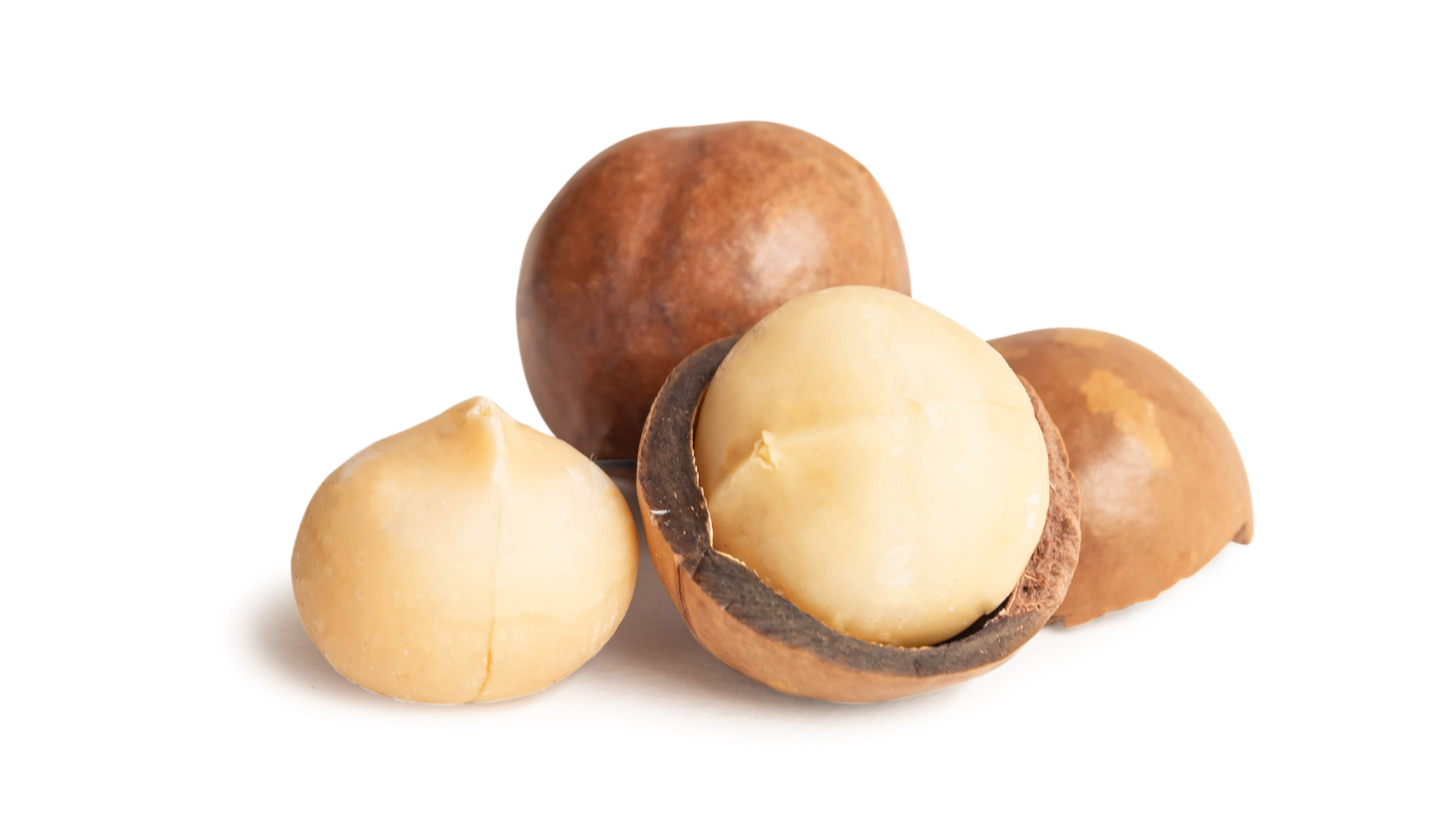
Macadamia nuts, which are often found in cakes, cookies and cereals, can cause severe symptoms in dogs even if they have ingested only one nut, according to the American Kennel Club. These may include weakness (ataxia), lethargy, diarrhea, vomiting, tremors and fever – and may be associated with the serious condition of pancreatitis. Although these alarming symptoms typically wear off after a day or two with veterinary treatment, it can be an extremely distressing and unsettling ordeal.
11. Nutmeg

This woody baking spice is toxic to dogs in large quantities as it is a narcotic – but although they may come to no harm ingesting a small amount, it’s not worth the risk to find out how much they can tolerate. The smaller the dog, the less it will take to cause problems.
Nutmeg contains the hallucinogenic compound myristicin, which can cause reactions such as a high heart rate, abdominal pain, disorientation and seizures.
12. Cooked bones

Many dog owners feed their pooches raw bones, but cooked bones are brittle and can cause all sorts of damage. While they are not toxic, they can splinter into shards, causing choking, and damage to the dog’s mouth, throat or intestines and stomach, such as internal bleeding if internal organs are pierced. Broken off bits of bone can also cause blockages in the esophagus or intestines.
13. Almonds

While almonds are not strictly toxic to dogs like some other nuts, for instance, macadamias, you shouldn’t feed them as dogs struggle to digest them properly. Consuming too many almonds can lead to digestive upsets including vomiting, diarrhea, flatulence, lethargy and loss of appetite. Due to the high fat content of almonds, they can make your dog more likely to develop the serious condition of pancreatitis.
14. Raw dough
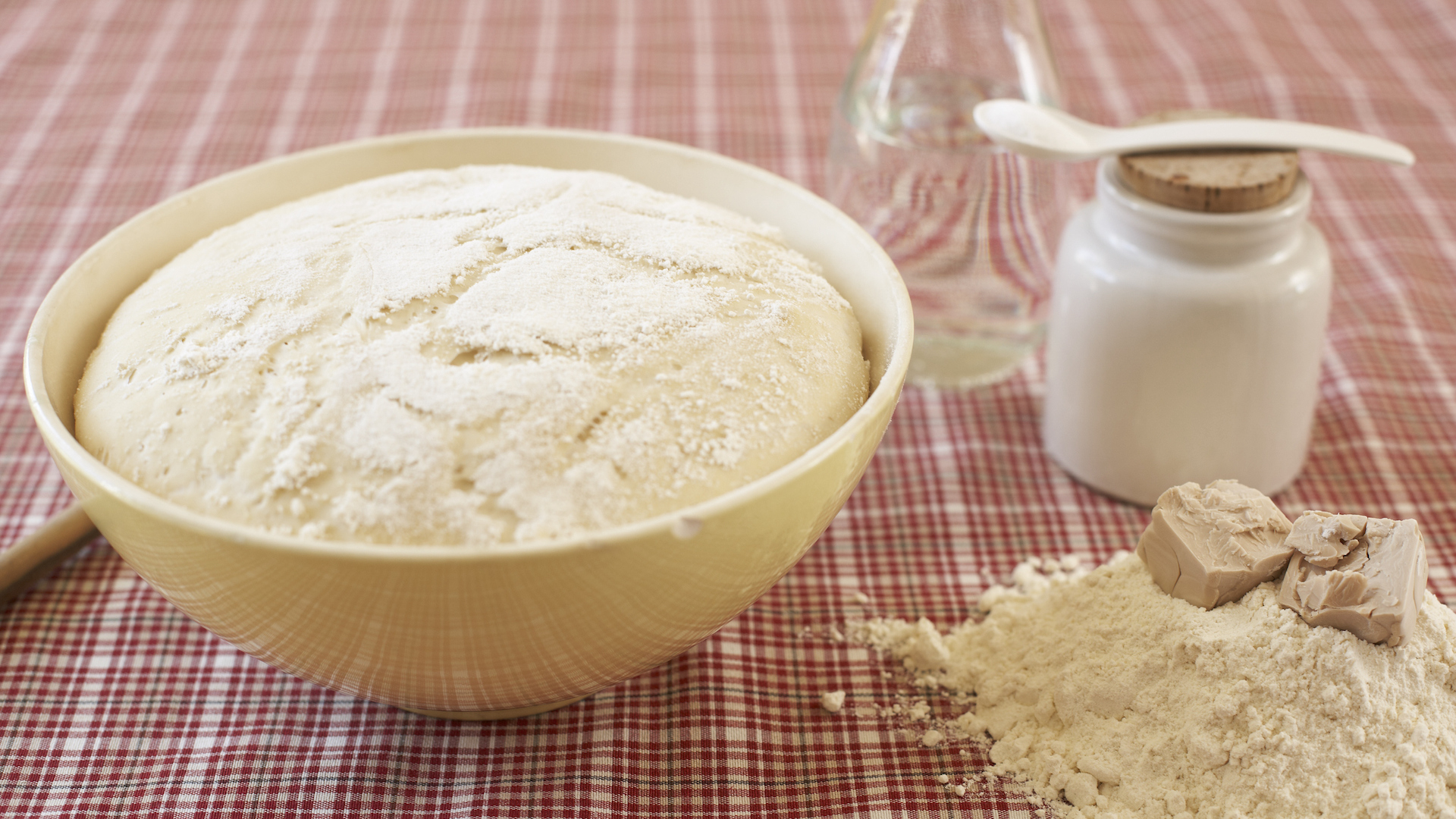
Raw dough may not seem a particularly appetizing prospect, but while you’ve left your uncooked loaf peacefully rising on the sideboard, your dog might see that as an open invitation to wolf down the contents of the bowl. It will continue to rise in the ideal warm conditions in a dog’s stomach, which can cause bloat, and twisted gut (gastric dilation-volvulus).
Raw dough is of further toxic concern due to the yeast and sugar present, which ferment in the dog’s stomach. This produces ethanol, which can cause alcohol toxicosis, which can be fatal if not treated immediately.
15. Candy and sugar
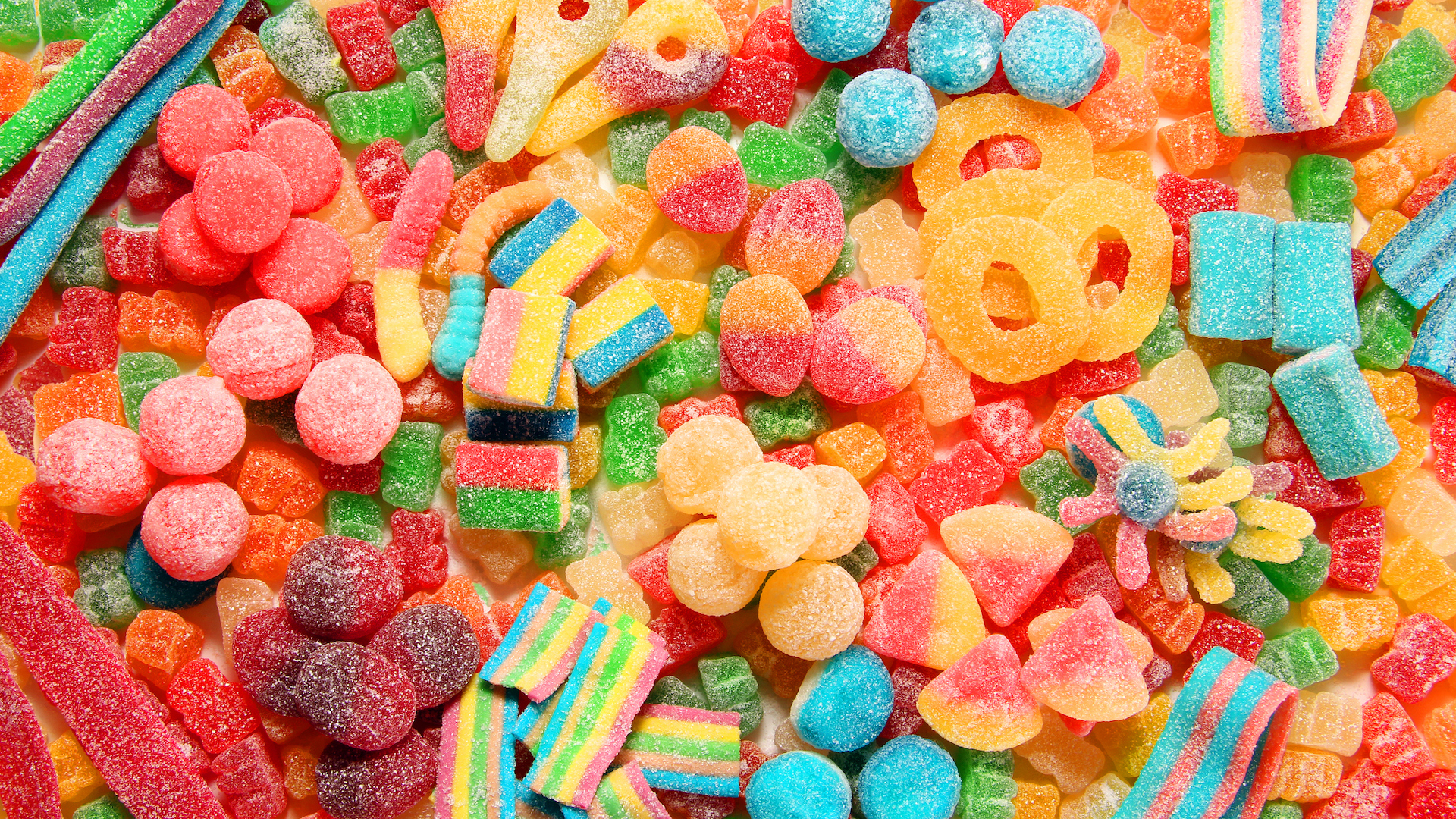
Candy might be a treat for humans but it’s strictly off limits for dogs. Sugar provides no nutritional benefits, and if your dog eats too much it can cause vomiting and diarrhea. Eating a lot of sugary treats can over time cause several health issues, including gastrointestinal problems, obesity, diabetes and pancreatitis.
This includes all kinds of sugar, such as brown, demerara and icing sugar.
A major concern with candy is that it often contains the sweetener xylitol in its ingredients, which is very toxic to dogs and requires urgent veterinary attention.
If you're looking to give your pup a sweet treat, why not try diabetic dog treats that your dog is sure to love.
16. Salt
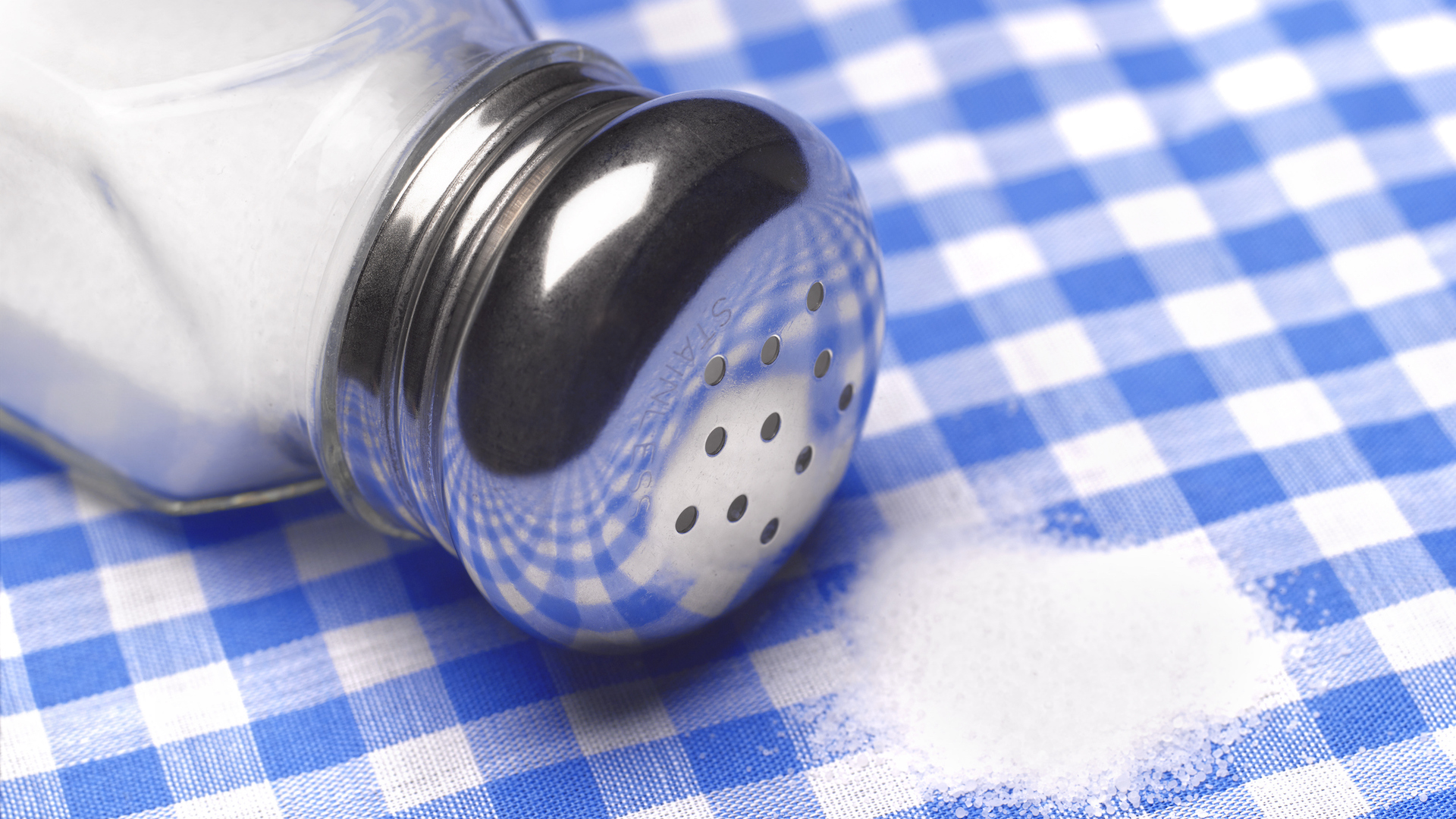
Salt has an essential role to play in keeping your dog’s fluid in balance, as well as the function of muscles and nerves. However, excessive salt is dangerous and can lead to a condition known as hypernatremia, when the blood contains too much sodium and can draw water out of the bloodstream and into the intestines. This can lead firstly to vomiting and diarrhea but can become a neurological and life-threatening emergency.
Commercial dog food is made with the appropriate balance of salt, but keep your pup away from salty human foods, as well as preventing them from lapping up seawater.
17. Unripe tomatoes
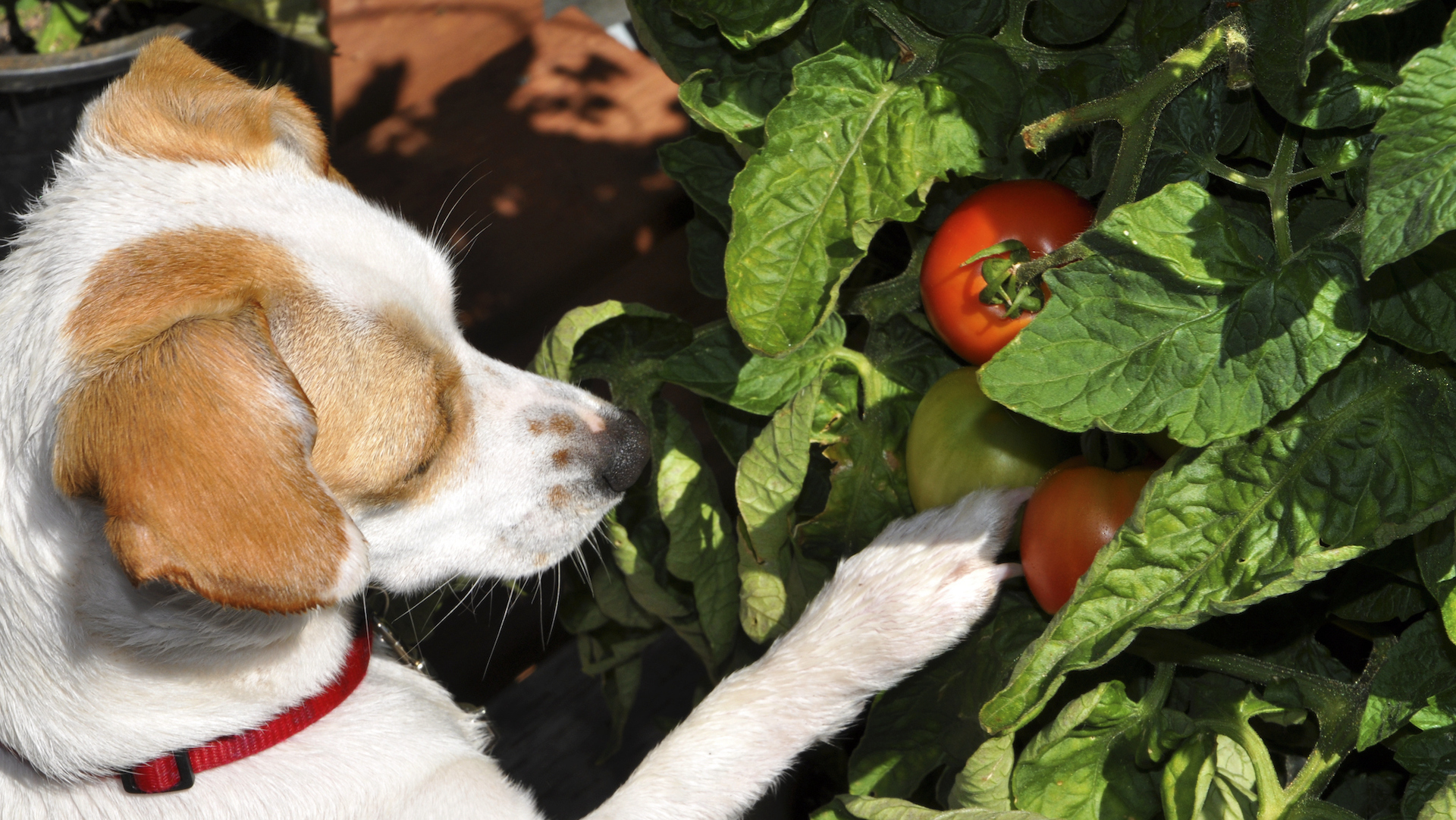
Ripe tomatoes should be fine for your dog to eat, but the tomato plants themselves and unripe fruit are harmful. Green tomatoes and other parts of the tomato plant such as the vines, blossoms and leaves, contain a chemical called solanine, which can make your dog suffer gastrointestinal distress.
18. Rhubarb

All parts of the rhubarb plant can cause poisoning in dogs, but luckily due to its sour taste, its flavor is off-putting. It contains oxalic acid, which triggers various reactions from gastrointestinal pain, to cardiac arrhythmia, to swelling of the tongue and mouth, to tremors and vomiting.
It is toxic whether cooked or raw, and the leaves are believed to be the most poisonous part.
19. Corn on the cob
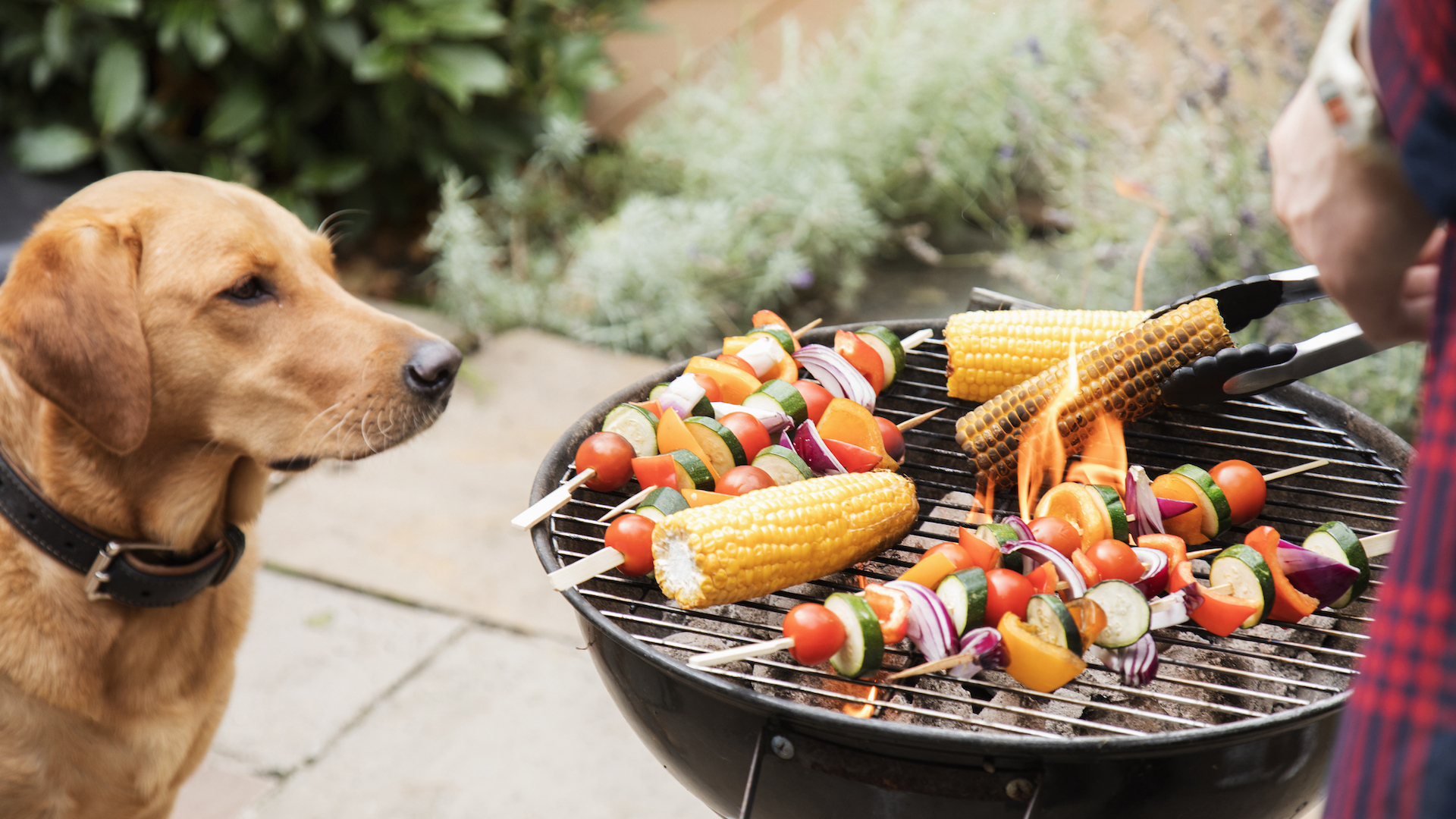
Corn itself is not poisonous, but should only be fed off the cob. If your dog ingests the cob, it could cause an intestinal blockage and even rupture. The British Veterinary Association reported that the most common barbecue injuries were a result of pets eating corn on the cobs, and urged owners to “keep corn on the cob away from your dog”.
Look out for signs such as vomiting, inappetence, lethargy and pain.
20. Leeks

Leeks are part of the allium family, which includes onions, chives and garlic, which cause poisoning in dogs when ingested. Even a small quantity can damage the red blood cells and cause hemolytic anemia (when blood cells are destroyed faster than they can be made).
21. Blue cheese
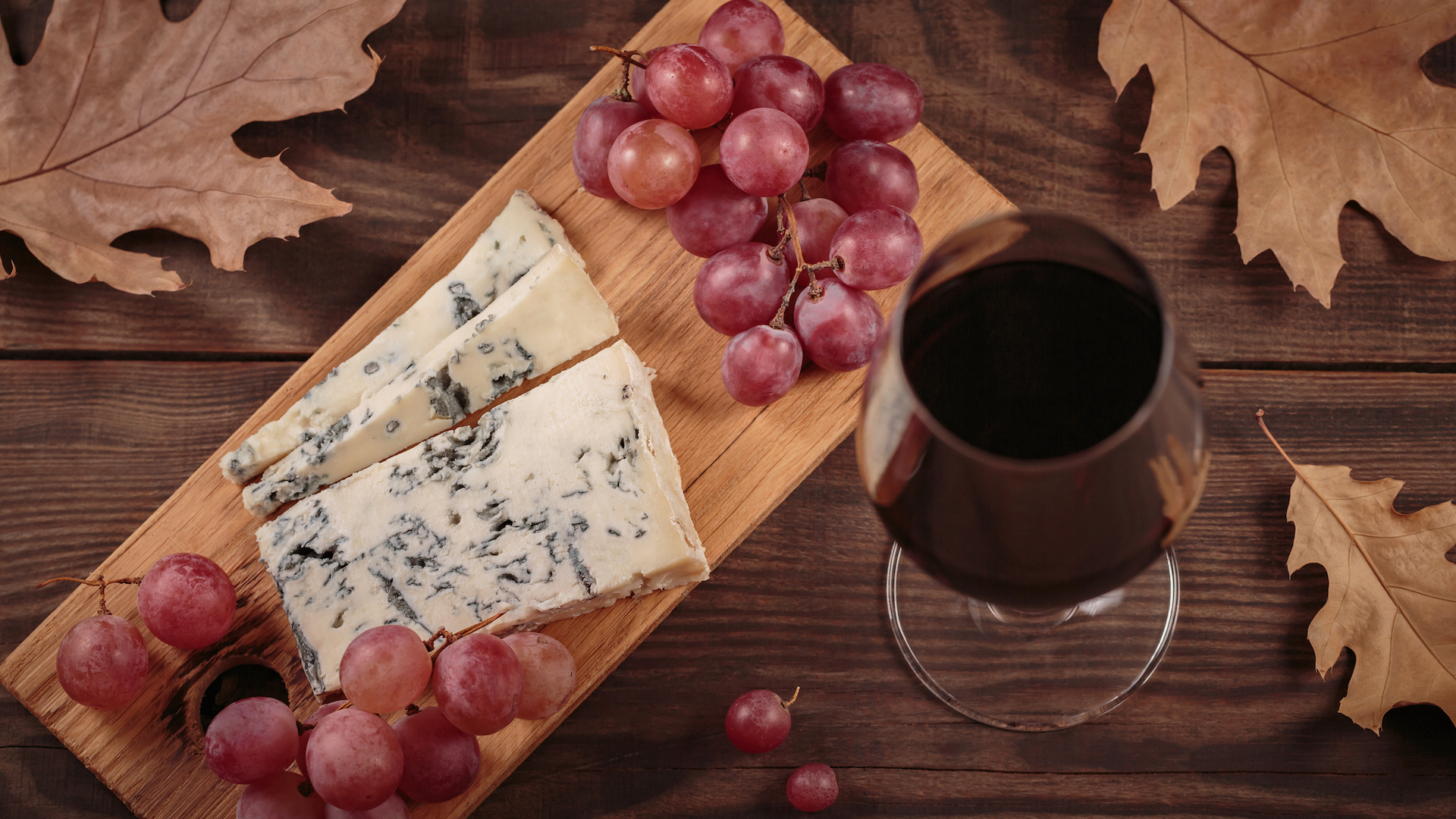
Some cheeses can be used as a high-value training treat, except for toxic blue cheese. Blue cheese contains a fungus called roquefortine C, which can cause vomiting, fever, and seizures.
22. Cherries

Cherry flesh itself is not poisonous, but how many dogs do you know who can delicately remove the stone? The pits, stems and leaves of cherries contain cyanide, a potentially lethal poison that disrupts the transport of oxygen around the body. The pits can also potentially obstruct the digestive tract according to the Pet Poison Helpline.
23. Canned soup
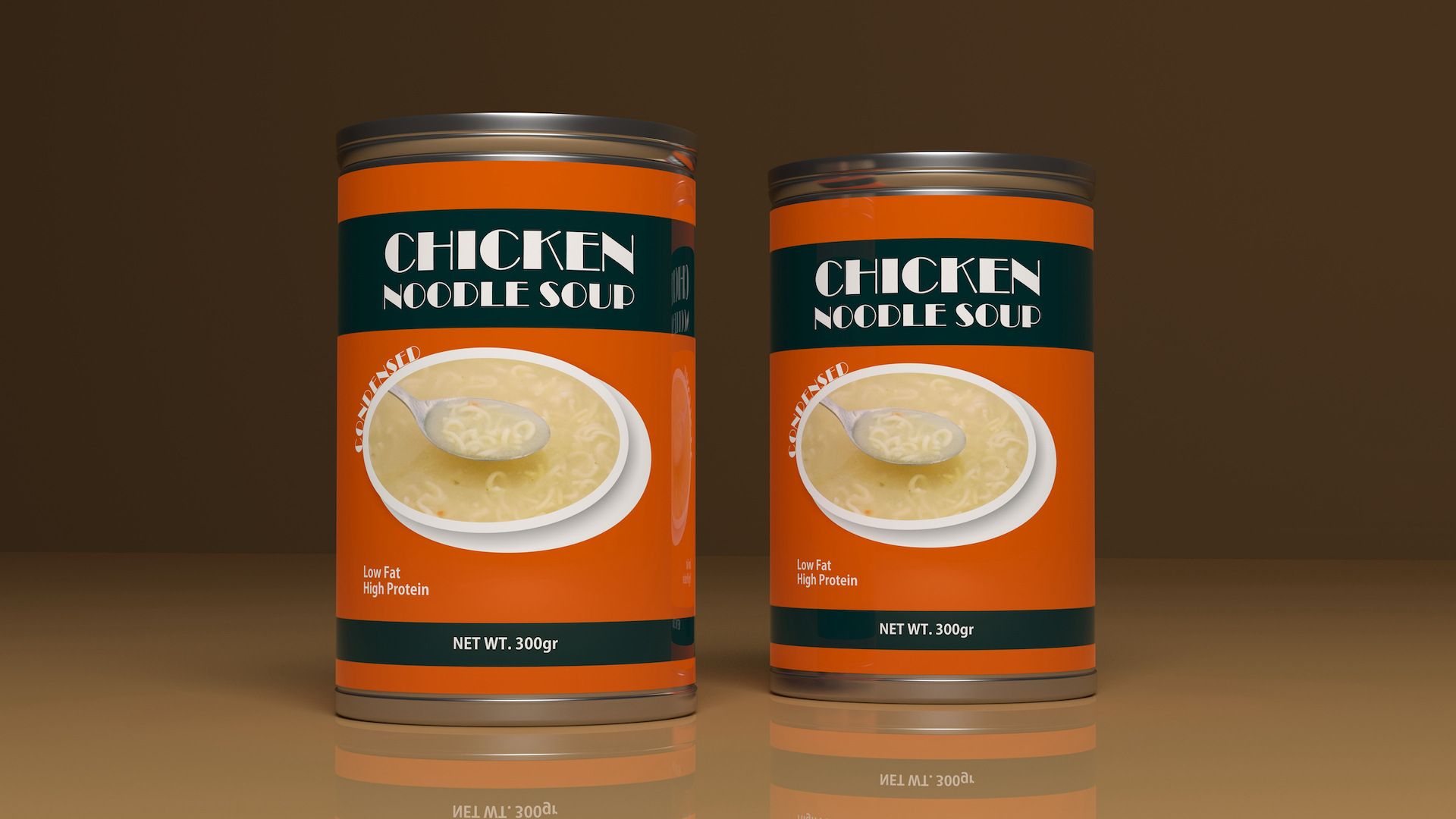
Although canned soup may come with appealing names for feeding dogs, such as oxtail, and beef broth, most canned soups contain high amounts of salt and preservatives, as well as toxic ingredients such as garlic and onion.
24. Processed food

Most processed food contains high amounts of preservatives, salt, sugar and fat, which are all potentially harmful to your dog. Monosodium glutamate is a common chemical flavor enhancer used in many processed foods, and while your dog will enjoy the palatable taste and want to eat more, it can cause problems similar to sodium toxicosis – lethargy, mal coordination, seizures, tremors, vomiting and diarrhea.
25. Ice cream

Milk and other dairy products are complicated – while many dogs are lactose-intolerant, most will cope with a minimal amount of dairy in their diet. But ice cream contains far too much sugar and fat – it's likely to cause obesity or even pancreatitis and isn’t recommended. If you do want to give your dog cooling food on a hot day, try making your own frozen dog treats out of ingredients such as fruit, yogurt, bone broth, peanut butter.
26. Mushrooms
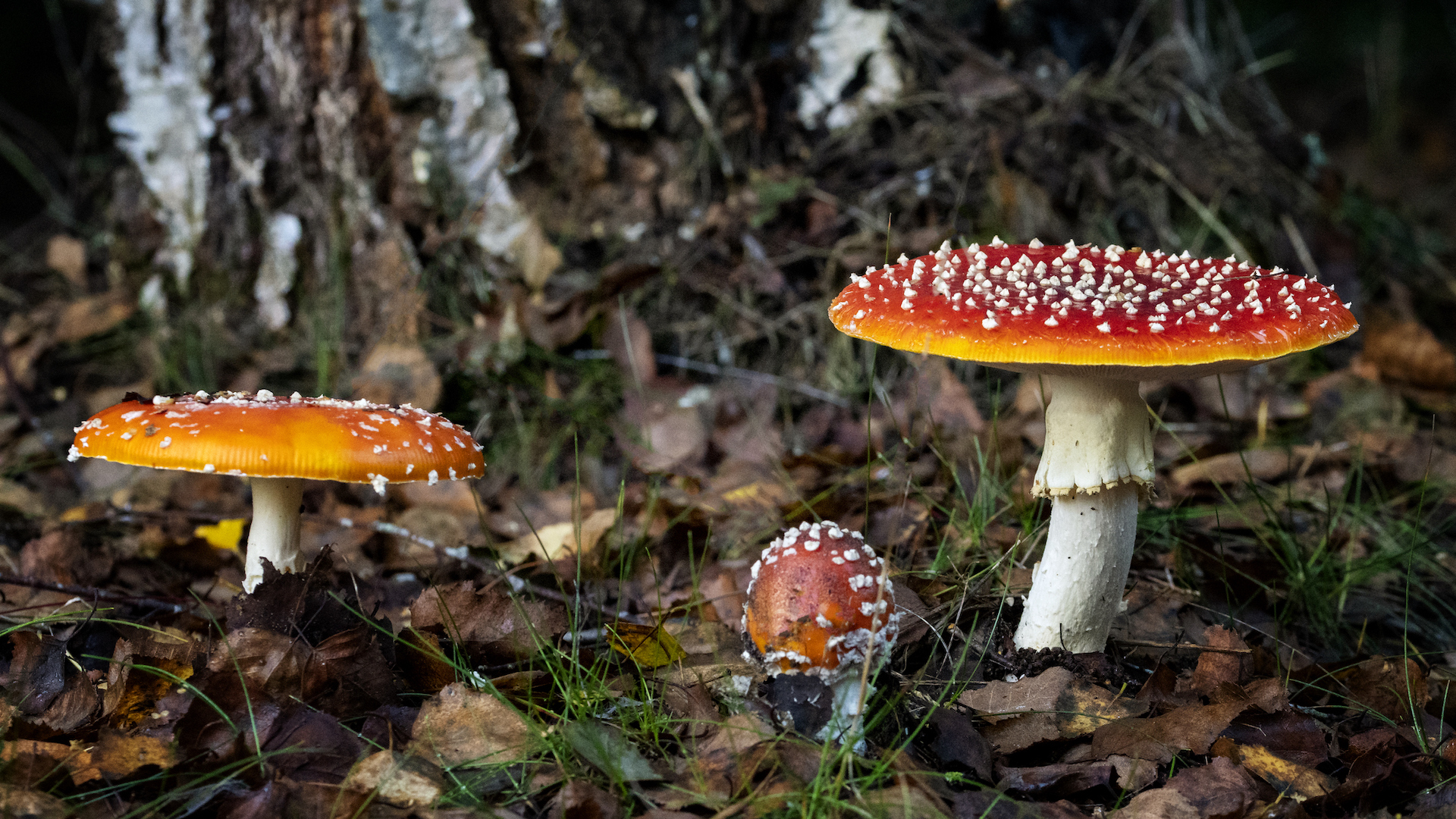
Not all mushrooms are toxic, but it’s best to avoid them, especially wild ones. If your dog does nibble on a poisonous mushroom the consequences could be devastating. There are around 70–80 poisonous mushrooms, and many of them masquerade as edible species.
27. Cinnamon
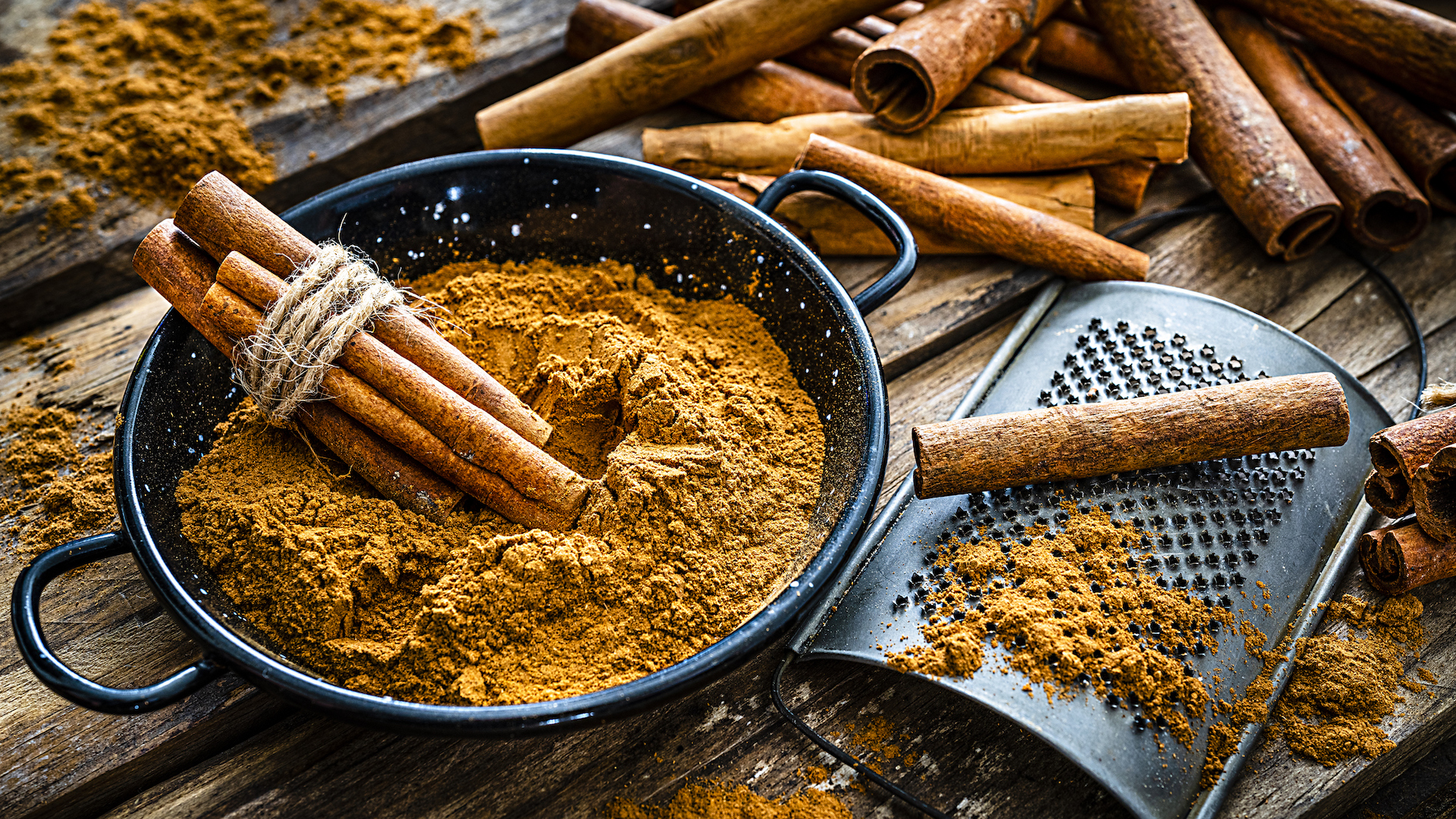
This warming spice is not toxic but should be avoided as a food for dogs because it can irritate their mouth or stomach. They may discover this if they chew on a cinnamon stick, or choke through inhaling the powder. The general reaction is likely to be more uncomfortable rather than dangerous. However, large doses of cinnamon may have serious health effects such as vomiting, diarrhea, heart rate, low blood sugar, and liver disease.
28. Asparagus

This vegetable stem is not toxic, however, it is not advisable to feed it to your dog. Raw asparagus can be difficult both to digest and chew, which may make it a choking hazard. There are better vegetables to feed!
The fern of the asparagus plant is toxic for dogs (containing a steroid, sapogenin, which can cause vomiting and diarrhea), so if you’re growing it in your veggie garden, make sure it is fenced off from any opportunistic dogs seeking a snack.
Eating asparagus also results in foul-smelling urine, which shouldn’t be a problem if your dog is fully house-trained, but bad news if not.
29. Grapefruit
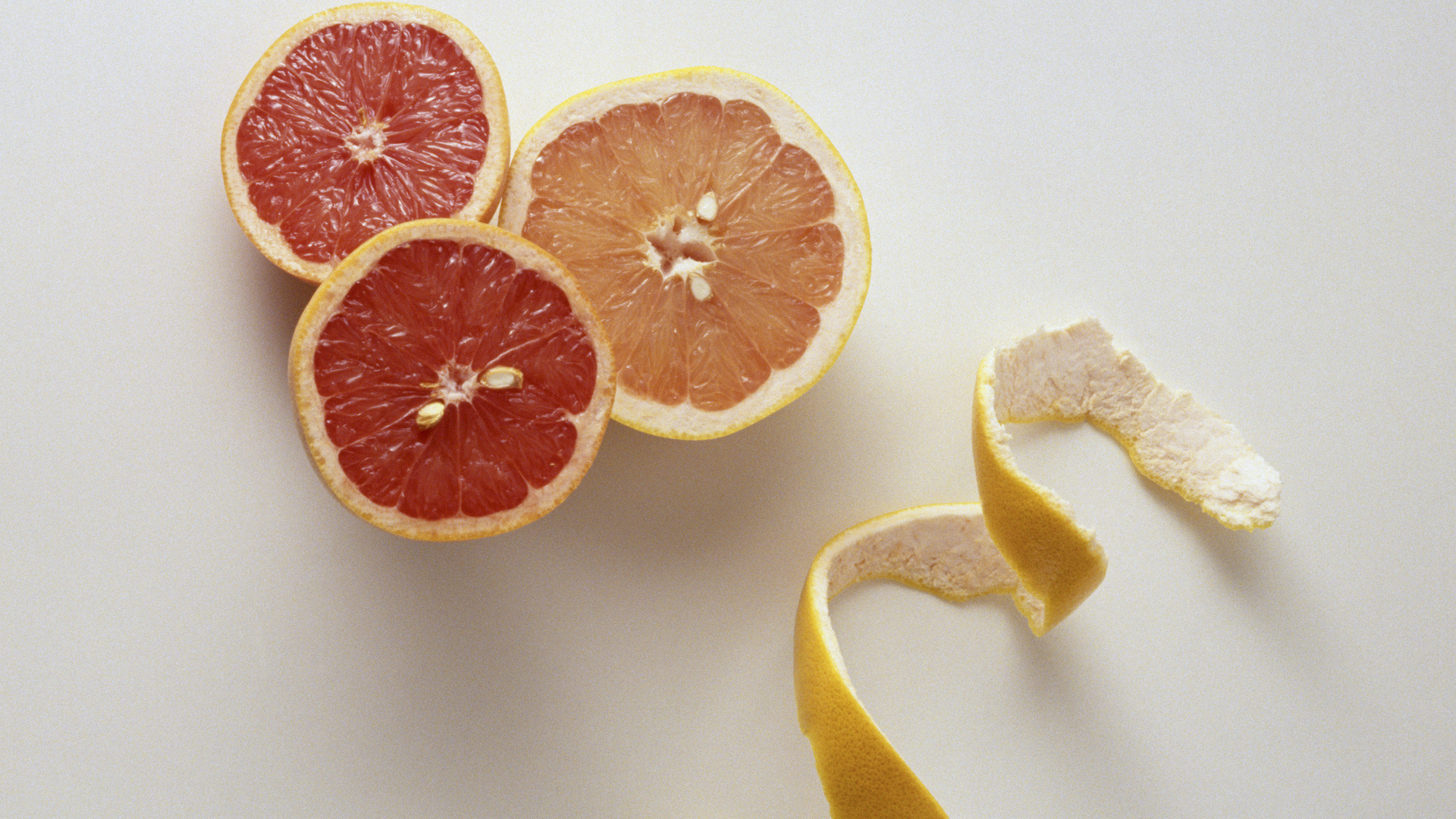
The skin, seeds and rind of grapefruit are toxic to dogs, as its essential oils contain the compound psoralen, which can cause severe photosensitivity, vomiting and diarrhea.
The flesh and juice are not actually toxic, but the high levels of citric acid can cause gut irritation.
30. Apple seeds

Dogs often love apples, and there is no harm in giving them as a low-fat snack as they are a good source of vitamins and fiber. However, while we humans eat around and discard the core, a dog tends to chomp through the lot if you give him a whole apple. You must remove the seeds because they contain cyanide, which is released when they are chewed. A couple of pips may not cause any problems, but why take the risk with a known poison?
31. Chives

This herb makes a flavorsome addition to a savory meal, but don’t let chives find their way into your dog’s feeding bowl. Chives belong to the allium family, like onions and garlic, and can cause damage to red blood cells leading to anemia.
32. Raw seafood
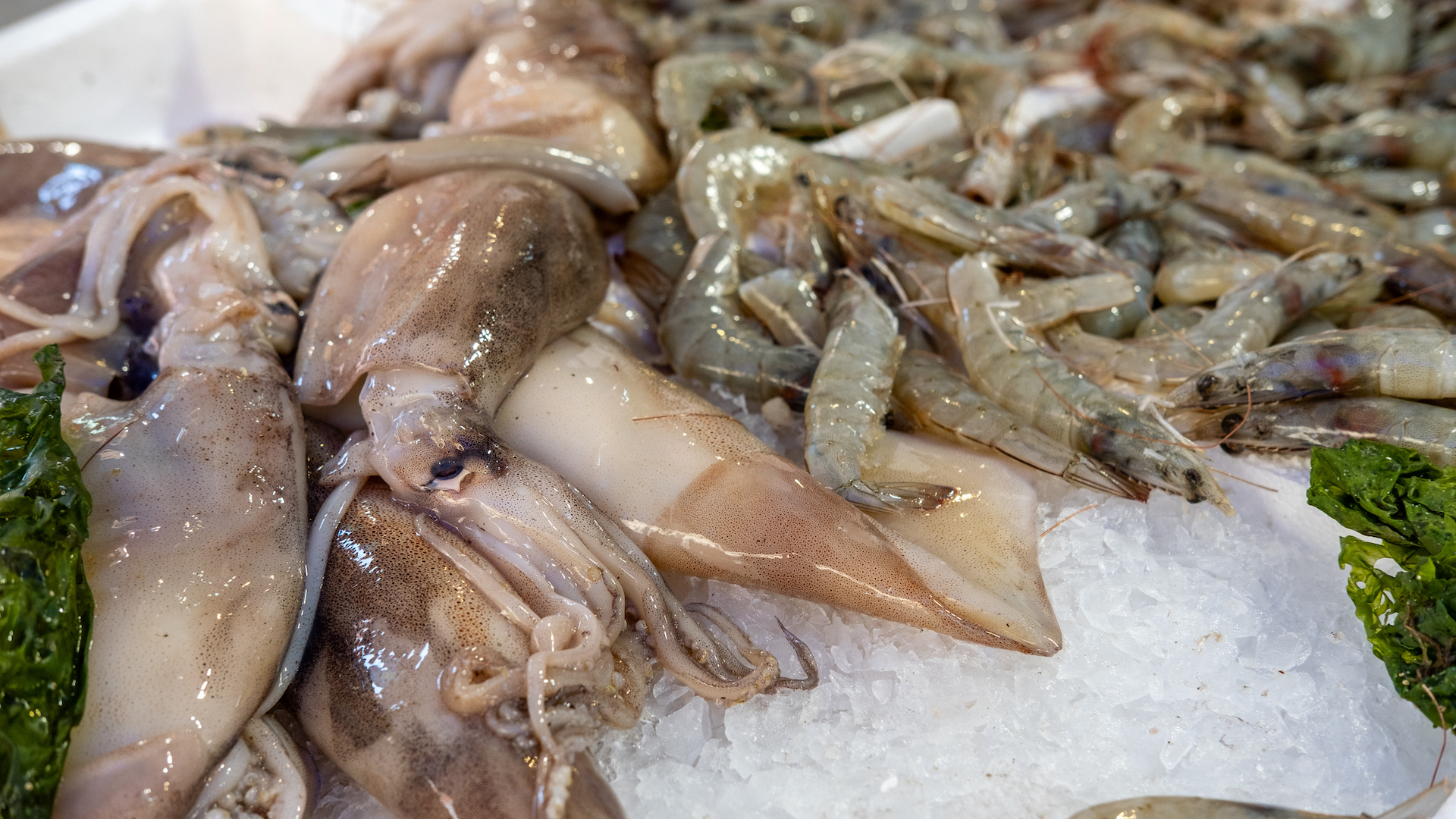
Many dogs thrive on raw food, although the subject is controversial, particularly when it comes to raw diets for puppies. And while cooked seafood provides many nutritional benefits in terms of minerals and vitamins, raw seafood can contain harmful bacteria, E.coli, and other parasites which increase the risk of your dog getting sick. Cook seafood plain, without the flavorings you might use for people, such as onions, garlic, wine and salt – all of which can be harmful to dogs.
Read next: can dogs have fish skins, can dogs chew corn cobs and can dogs chew corn cobs
Martha is an experienced journalist working in both print and digital media. She specializes in the canine, equine and rural sphere where she has covered a wide range of topics from cloning animals and the ingredients for a perfect yard dog, to helping owners find the best canine GPS trackers on the market. When she’s not busy writing about dogs and horses, she’ll be found either aboard a horse or looking after the menagerie of pets in her care.
